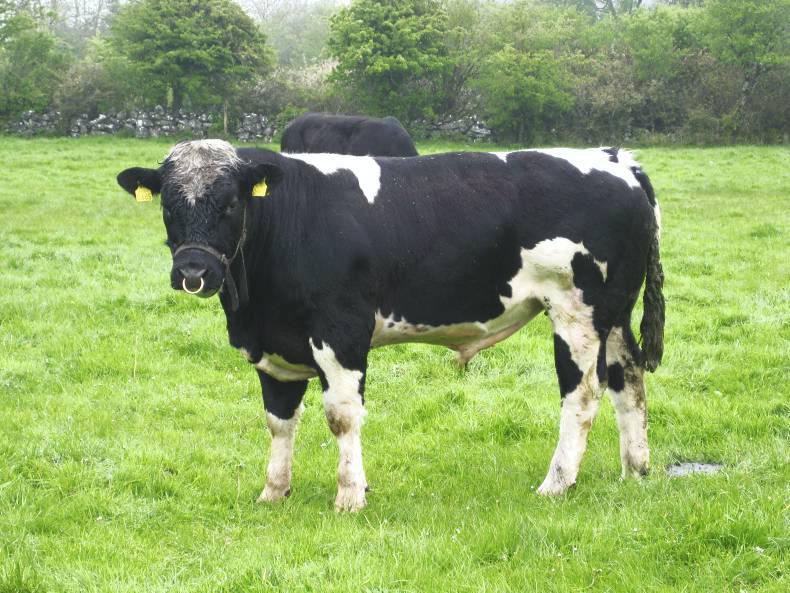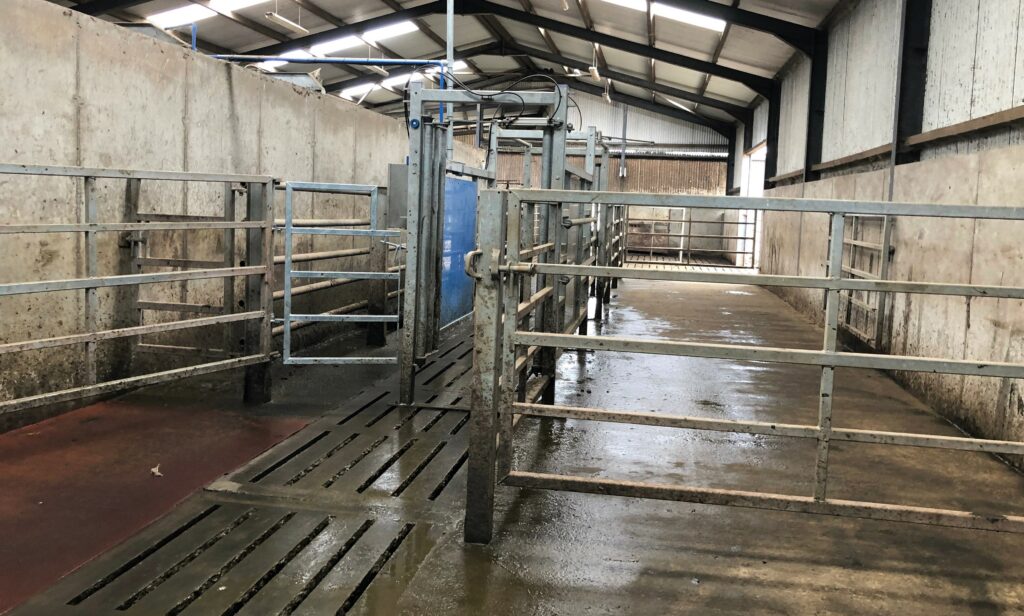Poor or inaccurate heat detection is the main cause of missed heats or false heats (wrongly submitted cows for breeding).
This can impact on three-week submission rate, which in turn has a knock on effect on six-week calving down rate. We all know that a missed heat also carries a significant cost; which is usually in excess of €250/cow.
The accuracy of your heat detection method(s) can be examined by looking at the repeat intervals of the cows in your herd.
- 0-17 days: Inaccurate heat detection;
- 18-21 days: Normal repeat interval;
- 46-48 days: Inefficient heat detection.
Last week, at an event held by MSD Animal Health in Teagasc Moorepark, Munster Bovine’s Dr. Doreen Corridan examined some of the heat detection methods on the market along with some tips and tricks for using them most effectively.
Heat detection system
During the event, Dr. Corridan explained how “a lot of AI technicians are seeing that some automatic drafting systems are drafting out cows too late for insemination”.
She explained this by saying: “If you take a guy that is milking at 6:00am and the system will only alert you after three hours of activity, that cow would have to be bulling before 3:00am in the morning for her to have three hours of high activity to be drafted at that morning’s milking.
“So, if that cow came bulling later than this, she would not be drafted and she would not be inseminated until the following evening; which would be too late – because she is more than 12 hours after standing heat.
“Farmers need to know what the system is pulling out, what the drafting system is telling them, what time they are milking at and what time the technician is coming at. All four of these need to be coordinated so that the system is operating correctly.”
Tail Paint
Tail paint is the most common form of heat detection, but if not applied correctly it will not do its job right.
Dr. Corridan advised clipping the top of the tail head before applying the paint. She explained that if the tail is clipped the tail paint comes off much easier.”
She also highlighted: “Tail paint works very well with cows, but it does not work well with heifers because they aren’t heavy enough and they can’t jump far enough forward to remove it.”
Crayons are also useful because the colour is removed more easily than tail paint.
Vasectomised Bull
Dr. Corridan then went on to outline some of the key management points surrounding the use of a vasectomised bull.
Firstly, she said: “Make sure he is big enough and make sure he doesn’t get injured and – if he does – ‘take another lad off the bench’.
Vasectomised bulls make picking up maiden heifers a piece of cake.
“When applying the chin ball harness, behind the ears should be padded because if you don’t, it can cut into the bull and this could mean he is out for the season.”
Due to its high oil content, Dr. Corridan explained: “It takes quite a bit to get it going in the season, so it may need to be put into a bucket of warm water or else given a good stir using a stick.”
The problem with a vasectomised bull is that if a cow is in heat, she is usually marked all over; however, the number one place she needs marked – to confirm that she is actually in heat – is up the top of the back.

